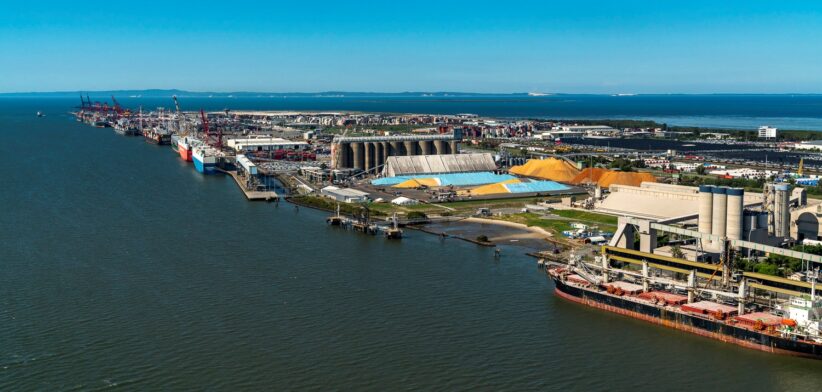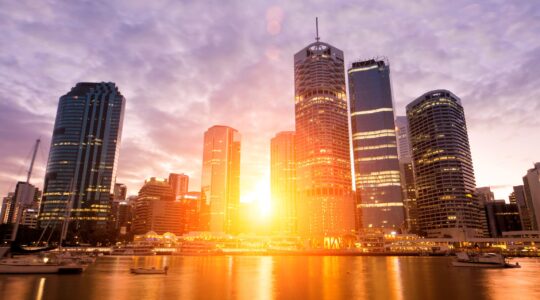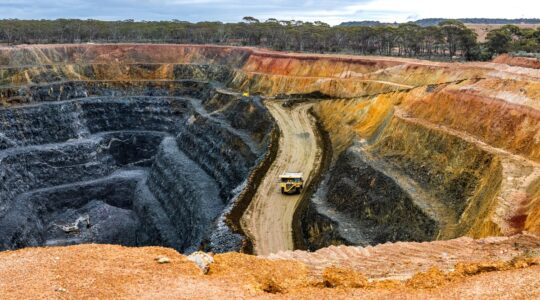Landside cargo movements at the Port of Brisbane will be autonomous and emissions-free in less than 35 years, under a new vision for the transport hub.
Port of Brisbane Pty Ltd (PBPL) launched its Vision 2060 blueprint today as it plans to support a tripling of container trade through the port over that time.
The document highlighted the need to prepare for a Queensland population forecast to be around 8.3 million by 2060.
PBPL CEO Neil Stephens said the population growth would drive an increase in import volumes, with around 5 million containers (up from 1.6 million last year) and nearly 20 million tonnes of bulk commodities anticipated to pass through the Port annually by 2060.
“To meet this challenge, we see a future where the supply chain is seamlessly connected; both physically and digitally,” Mr Stephens said.
“On-port landside cargo movements will be autonomous and emissions-free, with worker interaction evolving to focus on innovation, maintenance and operational supervision.”
He said on-port efficiencies would extend into the Port’s hinterland, with seamless, dedicated road and rail freight connections to strategically located inland ports.
“The way we trade and move goods is evolving, and Vision 2060 positions the Port of Brisbane to be at the forefront of that change.”
Mr Stephens said the plan charted a journey for the Port to drive economic growth and prosperity while embracing innovation and environmental stewardship.
He said there was the potential that energy demand could increase 10-fold as the broader port community sought to decarbonise.
“This significant growth presents both challenges and opportunities to reimagine the way infrastructure is planned, delivered and operated—ensuring it is more agile, resilient and responsive to future demands.”
Mr Stephens said Vision 2060 presented three key horizons that would guide the Port of Brisbane’s future:
- Seamless connectivity: Developing an integrated, intelligent logistics ecosystem that unlocks new efficiencies, supports global supply chains, and connects Queensland businesses to the world.
- Clean energy: Scaling and integrating renewables with solar, wind and hydrogen solutions that supports a port-wide net zero emissions future and positions the Port as a clean energy leader.
- Designed for future generations: Prioritising resilient infrastructure, a skilled workforce, environmental conservation and sustainable economic growth.
“This is an opportunity to create a port that is cleaner, smarter and more connected, that will drive Queensland’s continued prosperity for generations to come,” Mr Stephens said.
He said modelling suggested, by 2060, the port and its supply chain could contribute $25 billion in economic value to Queensland, while supporting 125,000 jobs.
Read the full vision statement.








